Your sales pipeline is only as strong as the people who build it. If your internal team is stretched thin, an outsourced SDR team can either accelerate results or crash your momentum.
In the modern B2B environment, it is costly and time-consuming to create a high-output sales development team of cold prospectors. It is a dense undertaking; an end-to-end process of hiring and orientation, training and technology configuration, for any business, including startups or growing SaaS teams.
That’s where SDR outsourcing companies come in.
A great outsourced SDR team can help you book more qualified meetings, enter into new markets, increase its pipeline velocity, and, at the same time, avoid the operational headaches of doing it all internally. However, not every outsourced team is constructed alike.
Then again, what does it take to be a vendor that can be a partner as opposed to a transactional one?
In this blog, we’ll break down the 3 pillars of a high-impact outsourced SDR team: structure, training, and tools—so you can spot the difference and hire with confidence.
1. The Structure: More Than Just “Setters”
An effective SDR team is more than just a few reps sending cold emails. It’s a well-structured unit that includes roles, accountability, and a tight workflow that mirrors your internal sales goals.
Core Roles in a World-Class Outsourced SDR Team:
- SDRs (Sales Development Reps): Outreach and lead qualifying specialists at the frontline.
- Team Leads/SDR Managers: Maintain quality, perform tracking, reporting, and coaching.
- Sales Strategist/Client Success Managers: Make the SDR approach work towards your own agenda, ICP, and messaging.
- Data Analysts or List Builders: Curate high-intent contact lists that fuel outbound.
Ask the SDR outsourcing company how they structure their teams and assign responsibility. If one person is doing all the work (research, outreach, reporting, and follow-up), quality is likely to suffer.
2. The Training: What Separates Amateurs from Professionals
Sales development is part art, part science. That’s why SDR training is one of the most critical aspects when evaluating a vendor.
Look for SDR outsourcing companies that offer:
- Initial onboarding & certification: Your product, value props, ICP, and brand voice should be trained to reps.
- Continuous coaching: Roleplays, feedback, and call reviews on a weekly basis.
- Personalization training: Understanding how to do more than say something like, Hi {FirstName} and reach out to the pains of the prospects.
- Multi-channel methods: Email, LinkedIn, cold calling, voicemail drop,s and SMS tactics.
According to a report from Sales Hacker, reps trained on personalization and objection handling book 25% more meetings than those using standard scripts.
Ask your prospective provider to show you examples of training playbooks, cold email drafts, and mock discovery calls. It’s one of the fastest ways to separate the good from the generic.
3. The Tools: Tech Stack That Delivers, Not Distracts
Terrific SDRs are not only talented, but they are backed by appropriate equipment. In case the technology infrastructure is obsolete or cumbersome, then you will have a slower ramp-up, a lack of follow-ups, and poor tracking.
Here’s what a strong outsourced SDR team should have in place:
Tech Stack Essentials:
- CRM Integration: Whether you use HubSpot, Salesforce, or Pipedrive, reps should sync activities automatically.
- Sales Engagement Platforms: Like Apollo, Outreach, or Lemlist for sequencing and automation.
- Lead Enrichment Tools: Tools like ZoomInfo or Lusha help improve contact quality.
- Calendar & Handoff Tools: So, booked meetings seamlessly appear in your team’s schedules.
- Analytics Dashboard: To track daily activity, conversions, and appointment quality.
At The Remote Reps, we help companies integrate their outsourced SDR workflows directly into their CRM and pipeline reporting, so you always know what’s working.
4. Aligning with Your Sales Goals
Too often, companies hire outsourced SDRs without aligning them with internal sales goals. A great partner will ask questions like:
- What is your monthly SQL target?
- What does a qualified lead look like for your business?
- Are there specific verticals or personas you want to target?
- What is your average sales cycle, and how does SDR outreach support that?
Without clear alignment, you’ll receive unqualified meetings that clog up your calendar and frustrate your closers.
💬 Example: A SaaS company targeting mid-market HR leaders shouldn’t be getting booked calls with small local consultants. If your outsourced SDR team doesn’t understand your Ideal Customer Profile (ICP), you’re wasting money.
5. Measuring Performance: What to Track (and What Not To)
Activity does not equal productivity. You need more than just “100 emails sent” or “20 calls made.” Instead, track these:
Key SDR Metrics to Watch:
- Meetings Booked per Week/Month
- Show Rate (how many prospects actually attend the meeting)
- SQL-to-Sales Accepted Lead (SAL) Ratio
- Email Response Rate
- Call Conversion Rate
- Churn Rate on Booked Meetings (how many were irrelevant or canceled)
A top-tier team won’t just provide metrics—they’ll help you optimize outreach based on real-time data.
According to Salesloft, the best-performing SDR teams are data-driven and regularly adjust sequences based on open rates, reply rates, and call effectiveness.
6. Cultural Fit and Communication Cadence
Although the outsourced SDRs will be technically external, they must feel like members of your internal team.
Look for:
- Weekly sync meetings with your team
- Slack or Teams integration for real-time questions and updates
- Recap emails after every lead handoff
- A campaign manager who understands your product and pipeline
If you feel like you’re “chasing” your outsourced SDR partner for updates or clarifications, that’s a red flag.
Strong cultural alignment ensures messaging stays on-brand and feedback gets implemented quickly.
7. Red Flags to Watch For
When evaluating SDR outsourcing companies, here are some red flags to avoid:
🚩 Vague on metrics and KPIs
🚩 Use of mass-emailing software without personalization
🚩 Lack of training documentation or onboarding plan
🚩 No call recordings or email copy previews
🚩 Unclear handoff process for meetings
🚩 Overpromising (“We’ll 10x your meetings in 2 weeks!”)
Remember: Good sales development is about consistency and refinement, not unrealistic speed.
8. Case Study: Building a Pipeline with Outsourced SDRs
Company: B2B SaaS Tool for Project Management
Problem: The Internal sales team was spending too much time prospecting and not enough time closing.
Solution: Hired a structured outsourced SDR team through a dedicated vendor.
Setup Time: 2 weeks to onboard, train, and deploy
Results After 3 Months:
- 150+ qualified meetings booked
- 40% conversion to sales conversations
- Improved outbound reply rate by 32% through tailored messaging
The company didn’t just get meetings—they got the right meetings.
Conclusion
Choosing the right outsourced SDR team is one of the smartest ways to boost your pipeline without bloating your headcount. Yet the difference is only in the situation when the team is accurately structured, properly trained, and equipped in such a way so as to be able to do their job in the best possible way.
Whether you’re a startup testing outbound or a growing enterprise optimizing your lead gen strategy, your SDR team is your first impression—and a bad one is expensive.
At The Remote Reps, we build and manage custom SDR programs tailored to your ICP, sales cycle, and tech stack—so you don’t just get volume, you get results. Discover our fully managed SDR services here.
📞 Ready to scale smarter, not harder? Let us build your next high-performing SDR engine.


